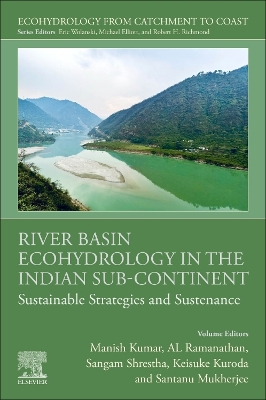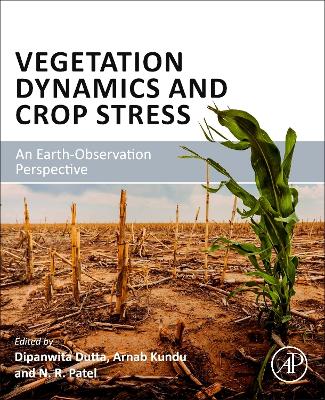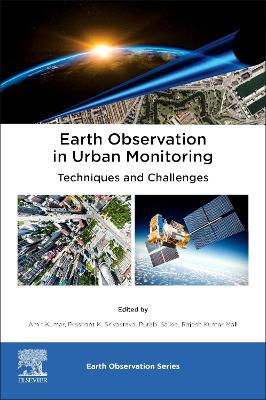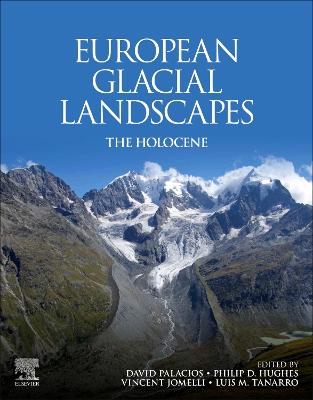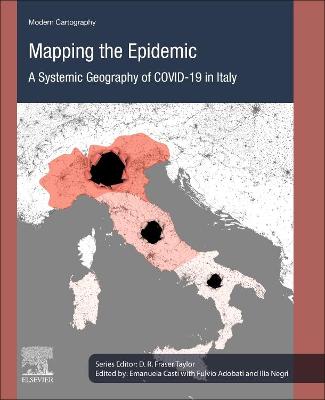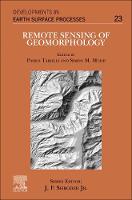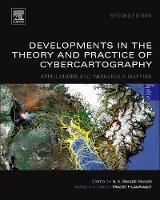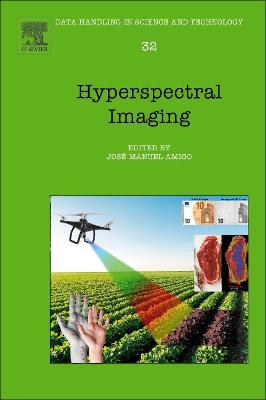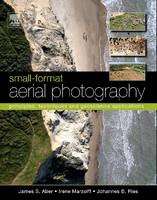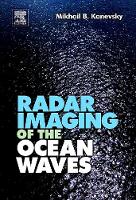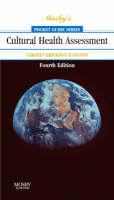Further Developments in the Theory and Practice of Cybercartography
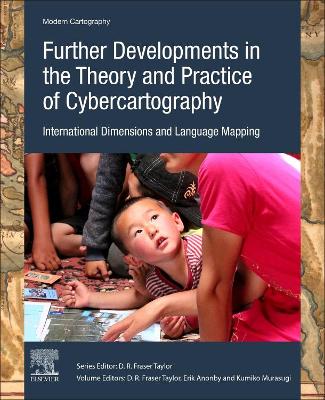 -10%
portes grátis
-10%
portes grátis
Further Developments in the Theory and Practice of Cybercartography
International Dimensions and Language Mapping
Anonby, Erik; Taylor, D.R. Fraser; Murasugi, Kumiko
Elsevier Science & Technology
09/2019
554
Mole
Inglês
9780444641939
15 a 20 dias
520
1. Cybercartography Revisited
2. The Theory and Practice of Cybercartography: An Introduction
3. Cybercartography: A Multimodal Approach
4. Some Recent Developments in the Theory and Practice of Cybercartography: Applications in Indigenous Mapping: An Introduction
5. Cybercartography and Volunteered Geographic Information
6. Further Developments in the Theory and Practice of Cybercartography: Exploring Web 2.0 and Participatory Software for Building Geolocated Narratives
7. A Spatial Typology of Cinematic Narratives
8. Considerations for Informed Consent in the Context of Online, Interactive Atlas Creation
9. Cybercartography and Traditional Knowledge: Responding to Legal and Ethical Challenges
10. Cybercartography for Education: The Application of Cybercartography to Teaching and Learning in Nunavut, Canada
11. The Preservation and Archiving of Geospatial Data and Cybercartography as a Proactive Preservation
12. Conclusion and the Future of Cybercartography
13. Developments in the Nunaliit Cybercartographic Data Management Platform
14. Cybercartography and The Critical Cartography Clan
II. International Dimensions and New Applications
15. Storytelling with Cybercartography: The William Commanda Story
16. Cybercartography and the Historical Geography of Roman Britain
17. Digital Return of Inuit Ethnographic Collections using Nunaliit
18. Cybercartography as a Transdisciplinary Approach to Solve Complex Environmental Problems: A Case Study of Kumeyaay Peoples of Baja California, Mexico and the Conservation of Oak Trees
19. The Territories of the Indigenous Peoples of Baja California, Mexico: Semiotic Dimensions in the Study of Landscapes
20. The Potential of Cybercartography in Brazil: A Cybercartographic Atlas for Lencois Maranhenses National Park, Maranhao State, Brazil
21. Cybercartography for Governance: Mapping Traditional Ecological Practices in Naryn Province of Kyrgyzstan
III. New Approaches to Language Mapping
22. Expanding the Boundaries of Language Mapping
23. Representing Complementary User Perspectives in a Language Atlas
24. Cybercartography in Indigenous Language Education
25. Applying the Nunaliit Framework to the Visualization of Complex Linguistic Variation
26. Mapping Kanyen'keha (Mohawk) Ethnophysiographical Knowledge
Conclusion: The Future of Cybercartography
27. Conclusions: What We Have Learned and What Lies Ahead
1. Cybercartography Revisited
2. The Theory and Practice of Cybercartography: An Introduction
3. Cybercartography: A Multimodal Approach
4. Some Recent Developments in the Theory and Practice of Cybercartography: Applications in Indigenous Mapping: An Introduction
5. Cybercartography and Volunteered Geographic Information
6. Further Developments in the Theory and Practice of Cybercartography: Exploring Web 2.0 and Participatory Software for Building Geolocated Narratives
7. A Spatial Typology of Cinematic Narratives
8. Considerations for Informed Consent in the Context of Online, Interactive Atlas Creation
9. Cybercartography and Traditional Knowledge: Responding to Legal and Ethical Challenges
10. Cybercartography for Education: The Application of Cybercartography to Teaching and Learning in Nunavut, Canada
11. The Preservation and Archiving of Geospatial Data and Cybercartography as a Proactive Preservation
12. Conclusion and the Future of Cybercartography
13. Developments in the Nunaliit Cybercartographic Data Management Platform
14. Cybercartography and The Critical Cartography Clan
II. International Dimensions and New Applications
15. Storytelling with Cybercartography: The William Commanda Story
16. Cybercartography and the Historical Geography of Roman Britain
17. Digital Return of Inuit Ethnographic Collections using Nunaliit
18. Cybercartography as a Transdisciplinary Approach to Solve Complex Environmental Problems: A Case Study of Kumeyaay Peoples of Baja California, Mexico and the Conservation of Oak Trees
19. The Territories of the Indigenous Peoples of Baja California, Mexico: Semiotic Dimensions in the Study of Landscapes
20. The Potential of Cybercartography in Brazil: A Cybercartographic Atlas for Lencois Maranhenses National Park, Maranhao State, Brazil
21. Cybercartography for Governance: Mapping Traditional Ecological Practices in Naryn Province of Kyrgyzstan
III. New Approaches to Language Mapping
22. Expanding the Boundaries of Language Mapping
23. Representing Complementary User Perspectives in a Language Atlas
24. Cybercartography in Indigenous Language Education
25. Applying the Nunaliit Framework to the Visualization of Complex Linguistic Variation
26. Mapping Kanyen'keha (Mohawk) Ethnophysiographical Knowledge
Conclusion: The Future of Cybercartography
27. Conclusions: What We Have Learned and What Lies Ahead

